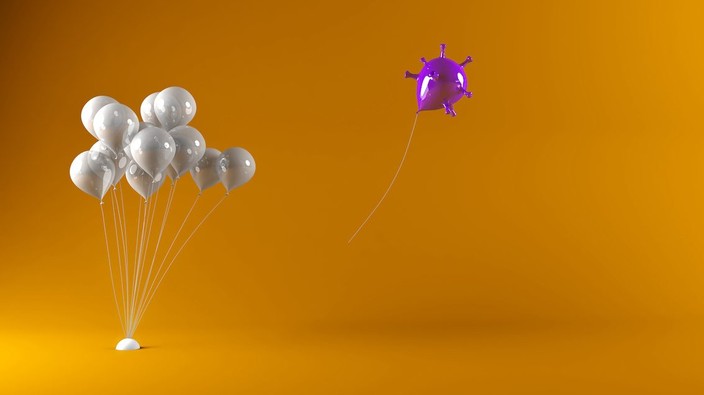the 91 per cent accuracy of the new device would be a considerable upgrade from the rapid antigen tests most canadians have been relying on to determine their infection status. “that’s pretty good,” raywat deonandan, an epidemiologist and associate professor at the university of ottawa,
told global news. “it’s better than the rapid antigen tests, which hover around 60 per cent these days, but it’s not ideal.”
it is, however, much easier to provide a sample for the breathalyzer than using the swabs that accompany antigen tests. “it’s not scary, there’s no disincentive for use based upon comfort,” deonandan said.
to produce a sample, a user must exhale for about 10 seconds into a single-use straw attached to the device. this sample is rapidly heated and ionized by the breathalyzer while the unit’s algorithmic software searches for chemical components associated with a covid-19 infection. a green light on the machine indicates a negative result and a red light means positive.
the unit, which the fda says is about the size of a piece of carry-on luggage, must be operated by a qualified operator under the supervision of a healthcare provider, making it ideal for schools, day-care centres and long-term healthcare facilities.
 2 minute read
2 minute read









